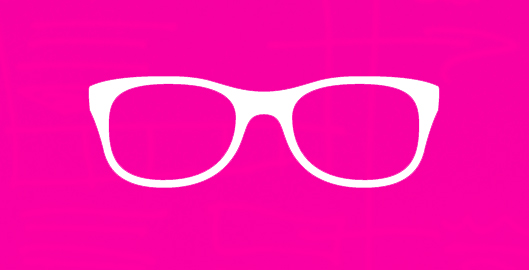
One of the top questions people ask my is how they can get a job in the user experience design field when they don’t have any experience? It’s a classic problem that most people early in their industry face. To be honest, I think this question is lazy talk.
By asking this question, you’re missing the point of what “experience” in a field really is. People think that having experience in a field equals having a job to demonstrate experience. This approach is completely wrong!
The simple answer to the question of “how can I gain experience in UX” is to just start designing.
If you plan to make a career out of user experience design, then one of the best things you can do is not learn how to use the tools and software programs. But instead, you need to train your mind and your eye to see problems, solutions, and opportunities. How do you know you’re developing this skill? At least once a day, while using some type digital device (website, app, ATM, car dashboard, etc) you’ll spot some type of flaw and then think through how it could be improved.
Use these moments as opportunities to showcase your “experience”.
I do this all the time.
Earlier this year while on a family vacation, I found myself helping some relatives troubleshoot issues with their computers. This made me realize how poorly some experiences are designed and I wrote about it in a post called Designing for people who did not grow up with the Internet.
Another time, when frustrated with the tools available to manage my calendar and to do lists, I wrote a post called Products I Wish Existed: Calendars & To-Do’s In One Happy Place.
After a really bad experience trying to find my tickets on Eventbrite, I wrote a post called EveryDay UX: How familiar design patterns and naming could improve Eventbrite.
In addition to writing blog posts, I’d also suggest to Tweet screenshots of experiences that you think are flawed or could be improved. I’ve done this for experiences with Facebook, Twitter, and Google. Simple, easy, and sometimes they may just respond!
If I was early in my career and didn’t have a portfolio of work to show, I’d definitely be doing a lot more of these posts. Notice that I don’t always propose a fully designed solution. More often than not, I talk through the story of my experience and the problem. As I’ve said before, it’s much more important to show that you can think through a problem and communicate that problem. Don’t just show me a pretty pixel perfect solution. Show me how you arrived at that solution.
There’s really no excuse for not having experience in the field of user experience. It’s up to you to be observant, curious, and proactive enough to identify and articulate your observations.
PS: You might also want to check out my post on why a portfolio isn’t enough, and why user experience designers must write.